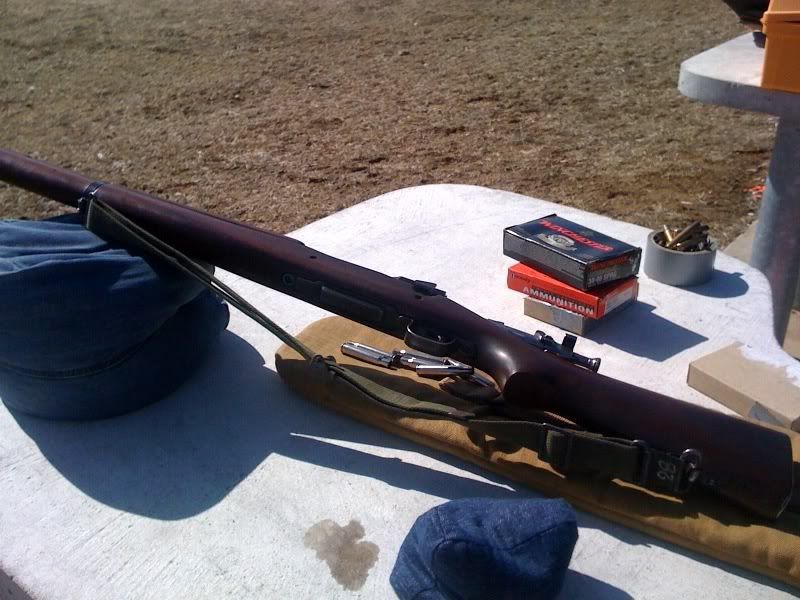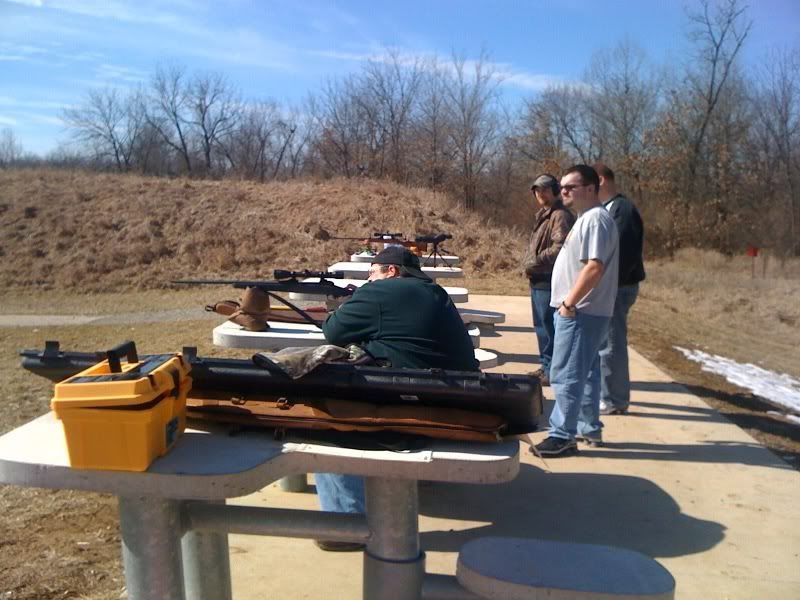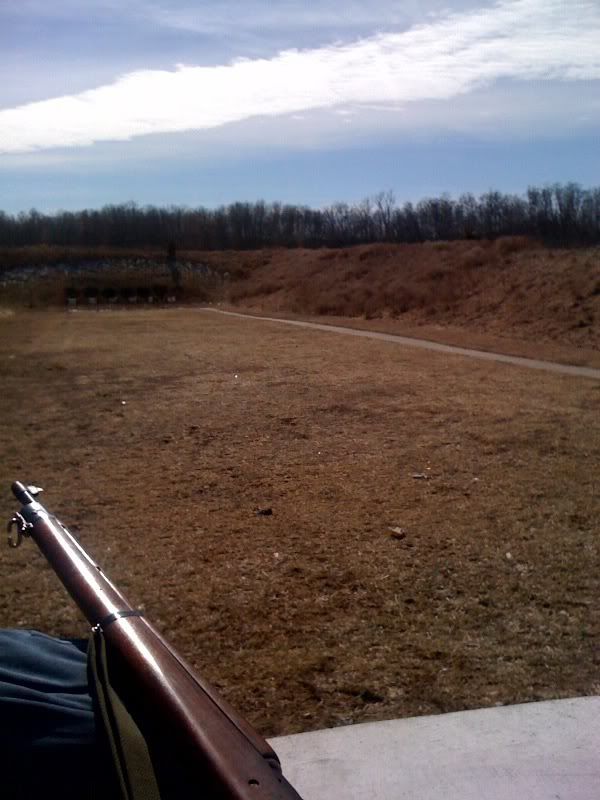justTripn wrote:So did you fix the scope?
Nope... nothing wrong with the scope per se, just with the way I tried to mount it -- but that was a different rifle. I never had optics on this one.... I was attempting to put the scope on my 1943 Enfield No.4 Mk1.
Under "Optics" it says "iron sights"

that means 'no scope'. Iron sights are the fixed blade sights... like the rear peep hole/notch and the front blade sight that you line up in the middle you know? Real WW2 style



The scope is going to go on it soon. I found a gunsmith/accurizing service that's going to do some work to this rifle to make it even smoother, and drill a base into the top of the receiver upon which to mount the scope. The "drill/tap base" mount is standard for hunting, tactical and sniper rifles. Sometimes, I guess, on a really high end sniper platform, the base is actually an integral part of the receiver, as in the case of the Barrett M82A1... but I digress...
No this rifle did not have a scope. What I'm very excited about is that, while a scope does not make a rifle more accurate, I am also going to have accurizing work done to it. And while a scope doesn't make it more accurate, it DOES usually allow the shooter to better resolve the details of the target so that once you've mastered the skills related to breathing, trigger control, and timing, you can take even better advantage of those skills by having a clearer view of the target and being able to even FURTHER hone those skills.
For instance, with just a sight blade, at 100 yards, you could look out over your sights and think you're keeping your weapon perfectly still, when in reality the sight blade could be moving ever so slightly with uncontrolled or poorly controlled breathing, but you can't tell because the relative angular size of the sight blade at that distance is practically the entire target.
I mean imagine trying to keep the top edge of this sight blade still when the "top edge" of the sight blade, which in real life is somewhere around 1/20 of an inch wide, covers the entire central 6 inches of the target. You have to try and resolve with your eyes the difference between the dead center bullseye, and 3 inches to the left or right, each time you re-acquire the target. That's pretty tough.
With a 10 power scope, which I have a 3.5-10, so max power is 10, at 100 yards your relative perspective is from 10 yards, so it's much easier to see the center rings of the target. It will also allow the shooter to see all the little flinches and flutters and bouncy motions of the crosshairs so that you can further work on controlling your breathing and your movements to become even more stable. In other words, with no magnification, you won't see a lot of your accidental movements that will offset your shooting by a few fractions of a degree of arc. With magnification, you will. Another helpful advantage is that in using iron sights, you don't get much light transmission. Lot of times you have to squint or close one eye completely to maintain a tight target picture, which reduces the amount of light coming into your eye and the target starts to darken. Every once in awhile you have to open both eyes wide and look out over the muzzle of the rifle to re-acquire a total picture in front of you, using all the ambient light, to sort of wake up your eyes.
With a scope you don't have this problem, at least not nearly as intensely. Your light saturation IS limited to the size and efficiency of the optics and particularly the objective lens size, but I've got an excellent piece of optical quality scope (a Leupold), and the one time I did get to use it on my Enfield (when the mount turned out to be junk), it gave me a big, bright, beautiful picture.
It'll be a few months before I have this setup all complete. I have to negotiate with the gunsmithing company (Hill Country Rifles LLC) on pricing, and work out some other particulars, and get a base I can ship them, and the whole process takes like 4-6 weeks for them to do, soo.... it might be awhile










 .
.








